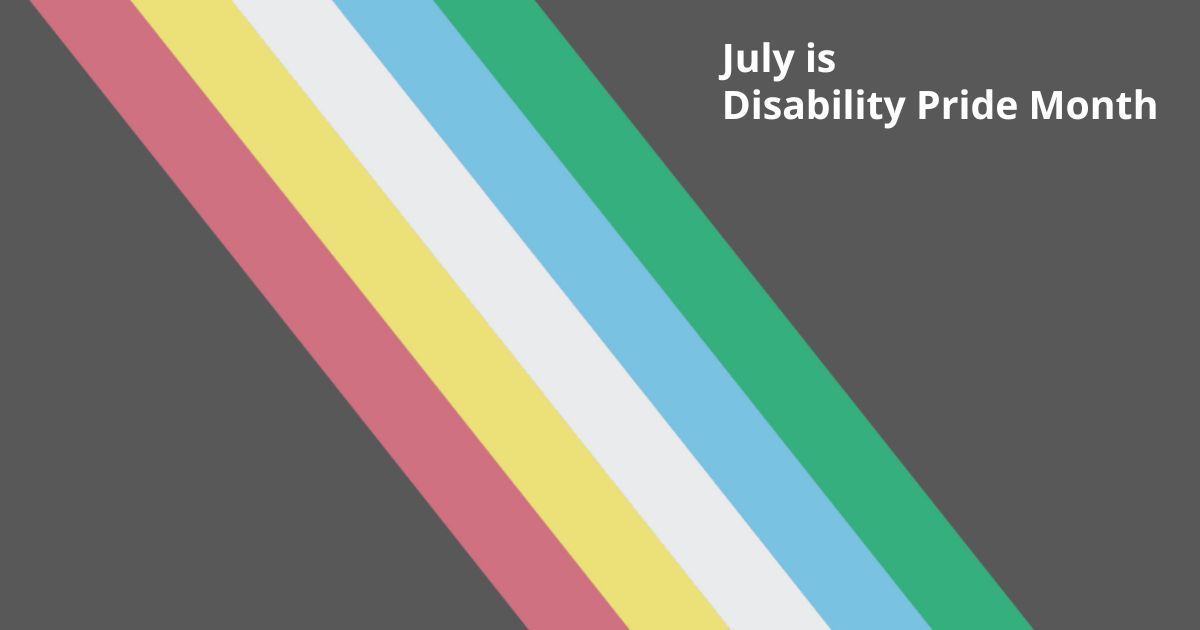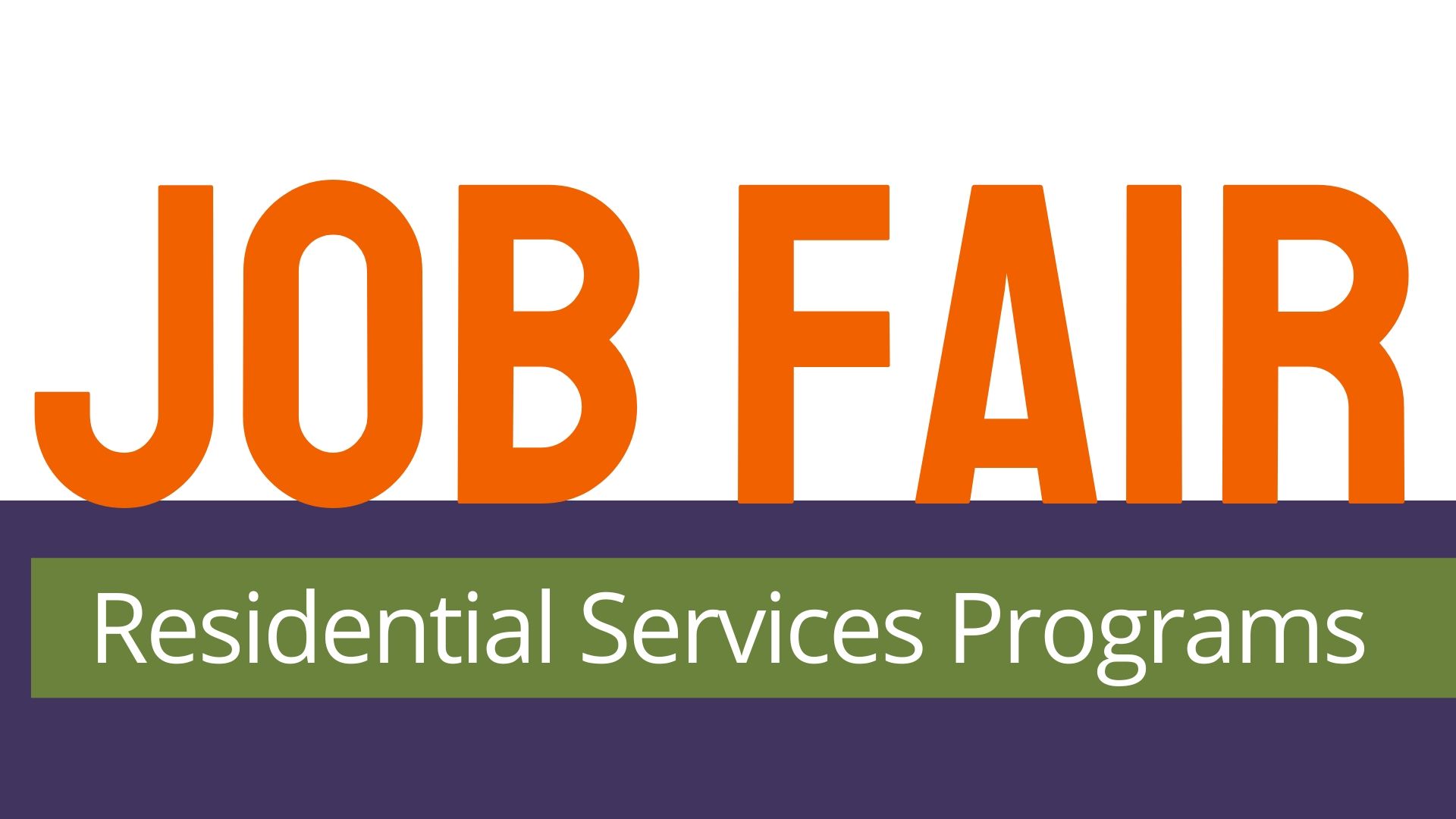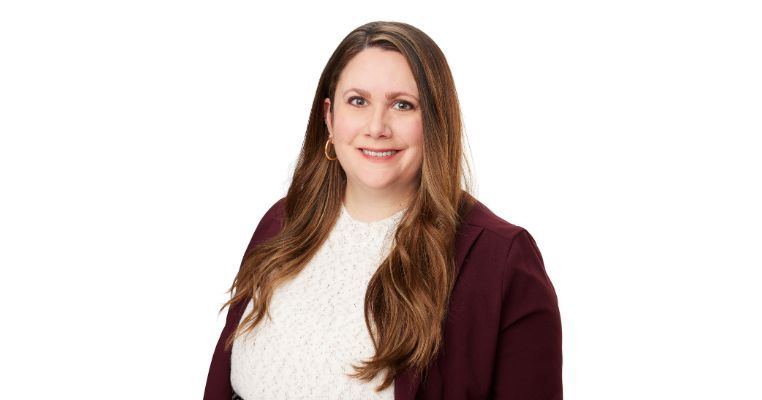Celebrating Disability Pride Month

This month, BHN celebrates the history, achievements, experiences, and struggles of the disability community. July marks the 34th anniversary of the Americans with Disabilities Act (ADA), which was passed to provide the disability community with more employment opportunities and accommodations.
"It's about recognizing that people with disabilities are whole humans and belong in these spaces," says Lauren Favorite, BHN's Social Justice Director. "The aim is to exist more equitably."
The employment rate for disabled workers is 22.5 percent compared to 65.8 percent for non-disabled workers. In addition, disabled workers are twice as likely to work part time instead of full time. Although the rates of individuals with disabilities in the workforce have seen record increases in recent years, it is still important to note on-going discrepancies and work towards greater equity. Controllable factors which impact these disparities include, among other things, access to accommodations and the presence of a welcoming workplace culture.
In recent years, BHN has seen an increase in staff receiving accommodations which allow more equitable participation in our workforce. Department managers are becoming more aware of technology and equipment options for people with hearing and sight issues which allow them equitable opportunities. For example, staff in Human Resources assist in designing accessibility solutions in areas such as Kronos Workforce Dimensions and CareLogic EHR to make sure the sites are accessible. Those with visual impairments may be given text-to-speech software, while those with hearing impairments are given assisted listening devices.
Co-chaired by Lauren Favorite and Dan Vieu, Director of Safety, BHN’s Accessibility Committee convenes monthly and is charged with monitoring accessibility needs for staff and persons served. They work with leadership and Human Resources to implement identified solutions. This committee is open to BHN employees and is one of many opportunities for staff to participate in critical efforts towards living our mission. “In the Accessibility Committee, we come together to highlight things that go well,” Favorite says. “For instance, we discuss if we’re ADA compliant and how we can get to that goal.”
Another significant barrier to equitable inclusion of individuals with disabilities in the workforce is an inhospitable workplace culture due to explicit and implicit bias. These biases are held against those with visible and those with invisible disabilities. Explicit biases are attitudes and beliefs that we hold against a group and are conscious of. Implicit biases are those which impact our actions and behaviors but are not known to us. Because these biases drive our actions and behaviors in a harmful way, it is critical for us to become aware of and reeducate ourselves about the implicit biases we hold.
A common phrase shared in the community is that “we are only disabled by the lack of accommodations.” It is important to recognize stigmas towards the disabled community and to know that they are not lesser than anyone else.
For more information, visit
SHARE
Topics

Newsletter Sign-Up
Sign-up for our newsletter to receive updates on what's happening at BHN.
Ji8������Ƶ, Inc.
417 Liberty Street | Springfield, MA 01104
(413) 301-9355

All Rights Reserved | Ji8������Ƶ, Inc.



